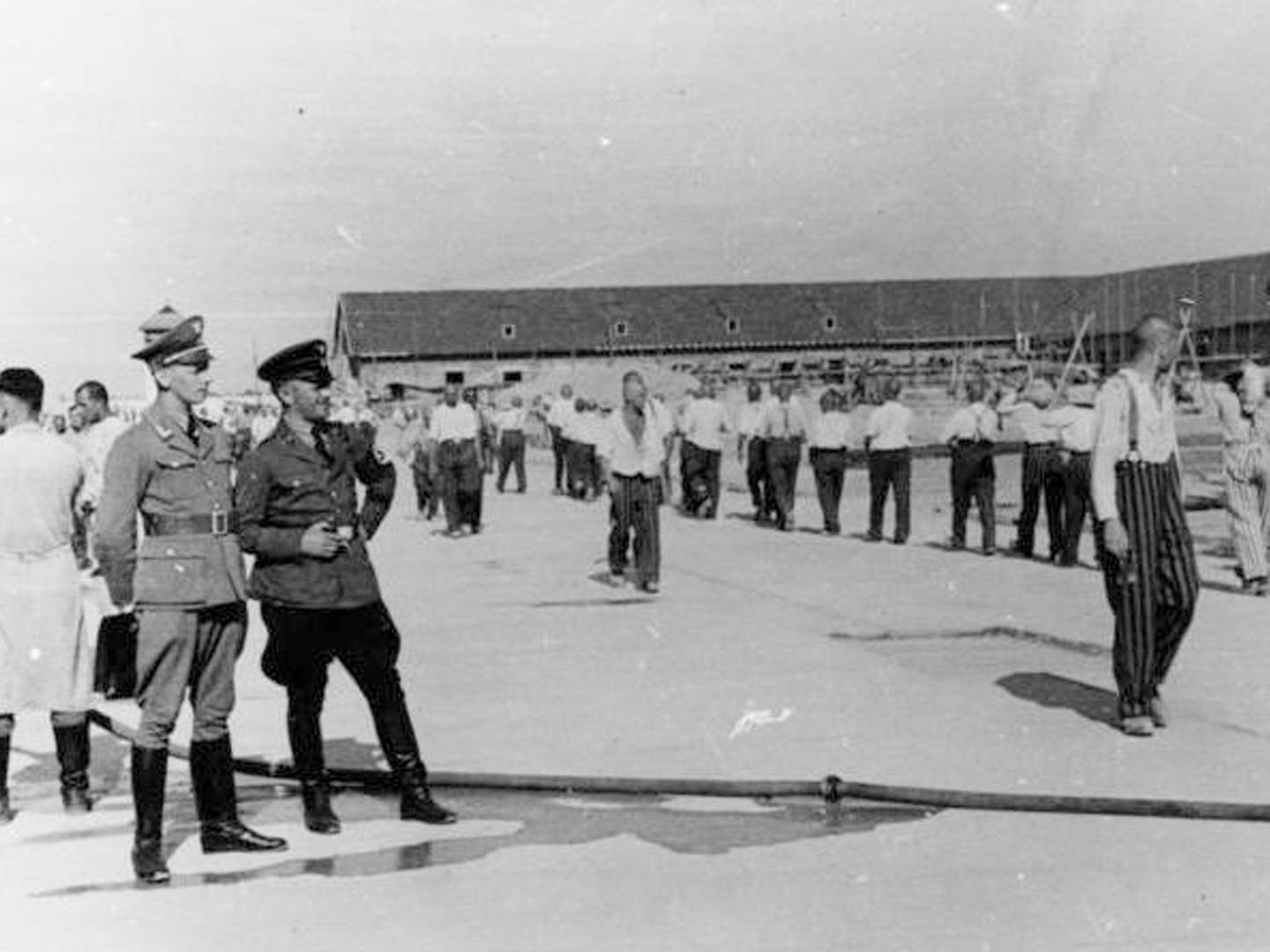Dachau concentration camp
The Dachau concentration camp was opened on 22 March 1933 just under two months after Adolf Hitler was appointed Reich Chancellor. The first prisoners at this concentration camp were predominantly Communists, Social Democrats and trade unionists. Once the opposition had been eliminated, the prison and torture site was increasingly used to further the “social and racial hygienic” goals of the National Socialist regime. Groups marginalised from the “national community” such as Jews, Sinti and Roma gypsies, Jehovas witnesses, homosexuals, “asocials” ” and “professional criminals” were imprisoned in Dachau concentration camp.
The number of prisoners rose following the Wehrmacht’s invasion of Poland in 1939 and the resulting territorial conquests. People from over 40 countries were imprisoned in the Dachau concentration camp in catastrophic living and working conditions.
Over 200,000 prisoners were held in both the main camp and subcamps up to the liberation of prisoners by US troops on 29 April 1945. At least 41,500 of them either died from starvation, illness, torture, the conditions of their detention, or were murdered.
In 1965, on the initiative of the Comité International de Dachau (CID), an association of the survivors, the Concentration Camp Memorial Dachau was erected on the former site of the prison camp.
More information available at: www.kz-gedenkstaette-dachau.de.


